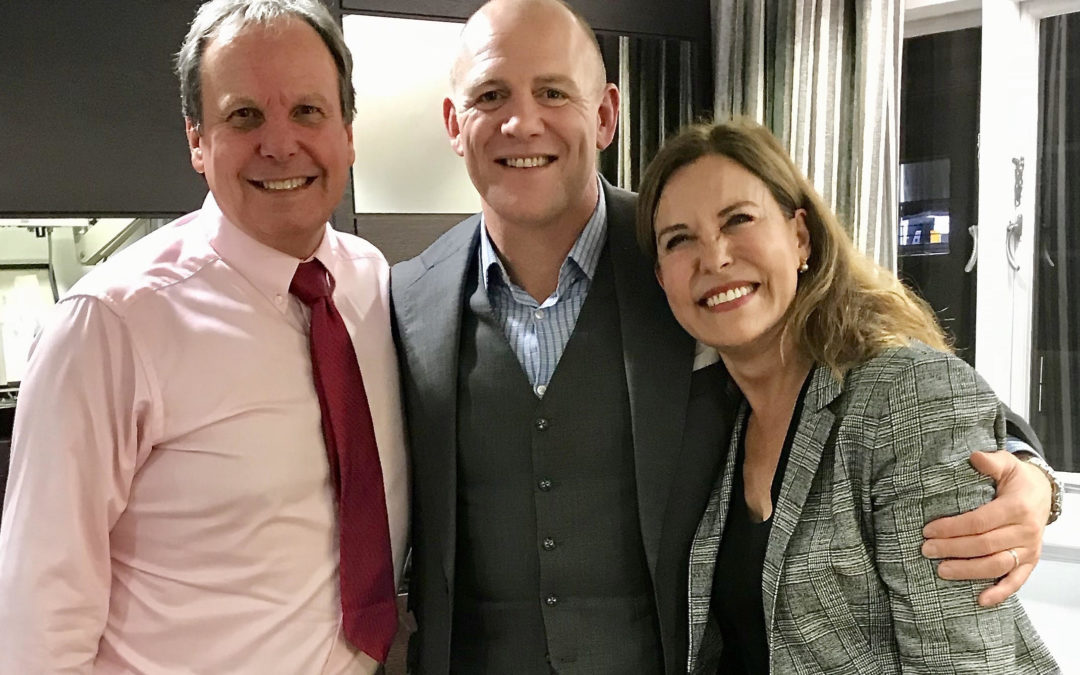If you have a nose injury and you’re not sure what to do, here are the symptoms which will require immediate attention.
1. If your nose is bleeding heavily and it won’t stop.
How to stop a nosebleed:
If you sit down and firmly pinch the soft part of your nose for at least 15 minutes, then lean forward and breathe through your mouth. This will drain the blood down your nose instead of down the back of your throat.
2. You’re having difficulty breathing through your nose.
3. Your nose looks crooked or misshapen or you have a cut on the skin.
4. Clear fluid, like water draining from your nose.
First aid at home. Take painkillers, paracetamol will do, and apply a cold compress on the nose, this will help ease your pain and reduce the swelling of your nose.
You should see a doctor at your earliest convenience. You will be required to have an examination and evaluate the extent of your injury to your nose. It is also important to check the septum (this is the dividing space inside of your nose). Sometimes an x-ray or CT scan is necessary if there are any other facial injuries.
Surgical treatment may not be necessary if there is no misalignment.
You need to see a Nose Specialist 1-2 weeks after the injury to determine whether surgery is necessary.
Whilst a fractured or a broken nose will need immediate surgery, there are many people who don’t need an operation and will hugely benefit from a non-surgical procedure. For those people, we use a new generation of filler called Ellanse to help correct and disguise any small lumps, bumps, and depressions from older injuries. See our recent blog, Trauma To The Nose And Rhinoplasty where we discussed this more


Recent Comments